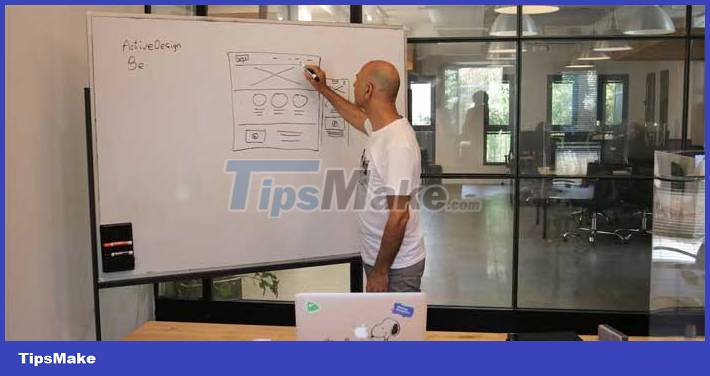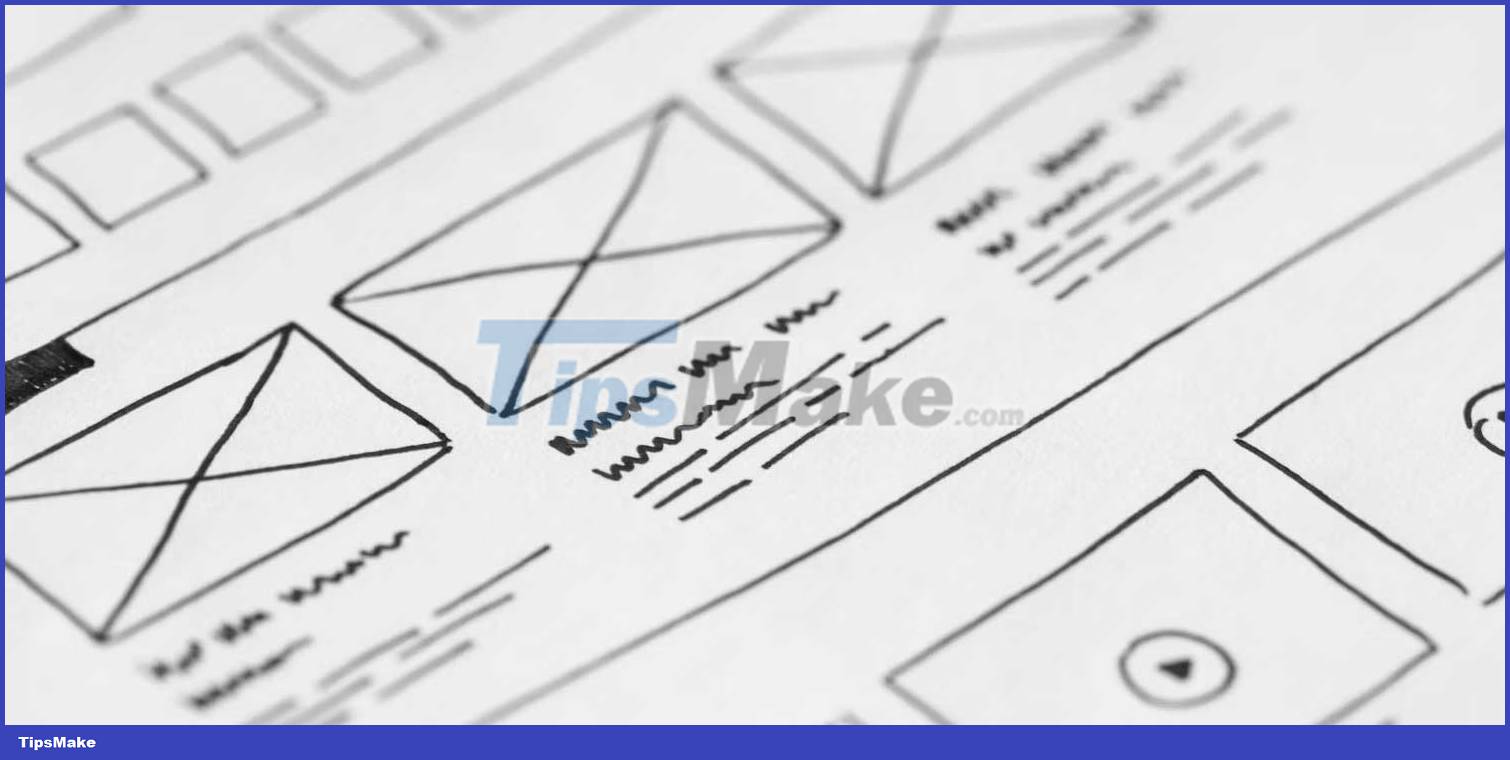Misconceptions about UI/UX design debunked

Learning UI/UX is easy
From idea to practice, designing impressive user interfaces and experiences is not easy and requires serious creative thinking. This career path requires you to know how to combine soft skills and technical knowledge to excel in UI/UX design.
Although soft skills are innate, to master the necessary tools and skills such as wireframing and prototyping, you need to invest time, effort and enough resources. Furthermore, 'hunting' for a job in the UI/UX industry is a real race because this market is highly competitive and saturated.
You need to study hard and take quality specialized courses if you want to become a talented UI/UX designer.
White space in design is wasted

White space or negative space is often considered wasteful because it does not contain 'tangible' design elements. That is not entirely true. White space makes the design appear more pleasing to the eye, allowing for better readability.
Furthermore, according to the Interactive Design Foundation, white space is necessary for the creation of responsive user interfaces. So, if you have ever underestimated it, think again.
All design is for the user
Of course, the user must be the focus when developing a good user interface and experience. However, quality UI/UX design also needs to consider the company's goals and needs. Users may not always know what they want, but every business owner knows what they need to profit and gain traction in this industry.
Therefore, focusing exclusively on users while ignoring business needs can be detrimental to the company you are designing for. Therefore, for a responsive user interface and cohesive user experience design, try to strike a balance between business goals and user needs.
UI/UX designers must have artistic and aesthetic sense

One of the most common myths about UI design is that it's only about aesthetics. However, in reality, UI/UX requires much more than that, such as research, planning, content development, even computer science. It involves creating visual layouts and ensuring seamless interaction with various basic design elements.
Furthermore, UI/UX designers need to consider usability, accessibility, business goals, and end-user needs, before introducing artistic elements. Therefore, while having drawing skills can enhance the look of a design, they are only part of the broader set of skills a UI/UX designer needs.
In other words, having aesthetic taste or painting skills is not required but is helpful in creating unique works.
UI and UX are interchangeable
Most people, even recruitment companies, think that UI & UX are written together so they are the same and give the same results. However, there are actually many differences between UI and UX even though you can master both.
UX design refers to the complete user experience of a particular product from start to finish. UX design creates an effective and enjoyable user experience while interacting with the product. UI/UX designers also need to be skilled in identifying the personas and pain points of target users, thereby gathering valuable insights to inform overall product design decisions. .
In contrast, UI design refers to the visual appearance of a digital image and how users interact with it. UI design creates symmetry between design elements, such as icons, buttons, and color palettes. Furthermore, the main role of a UI designer is to develop attractive, intuitive & cohesive interfaces that enhance user experience.
So, while UI and UX are often interchanged by most designers and amateurs, they are actually separate disciplines with different roles & responsibilities.
Above are the most common misconceptions about UI/UX design that you need to avoid. Hope the article is useful to you.
 Things to know about event-driven programming in Node.js
Things to know about event-driven programming in Node.js How to manage resources in Python using a context manager
How to manage resources in Python using a context manager How to build a Paint application with Python
How to build a Paint application with Python Docker best practices you need to know
Docker best practices you need to know How to build an authentication system in Django using OAuth
How to build an authentication system in Django using OAuth How to download custom fonts and text effects in Pygame
How to download custom fonts and text effects in Pygame